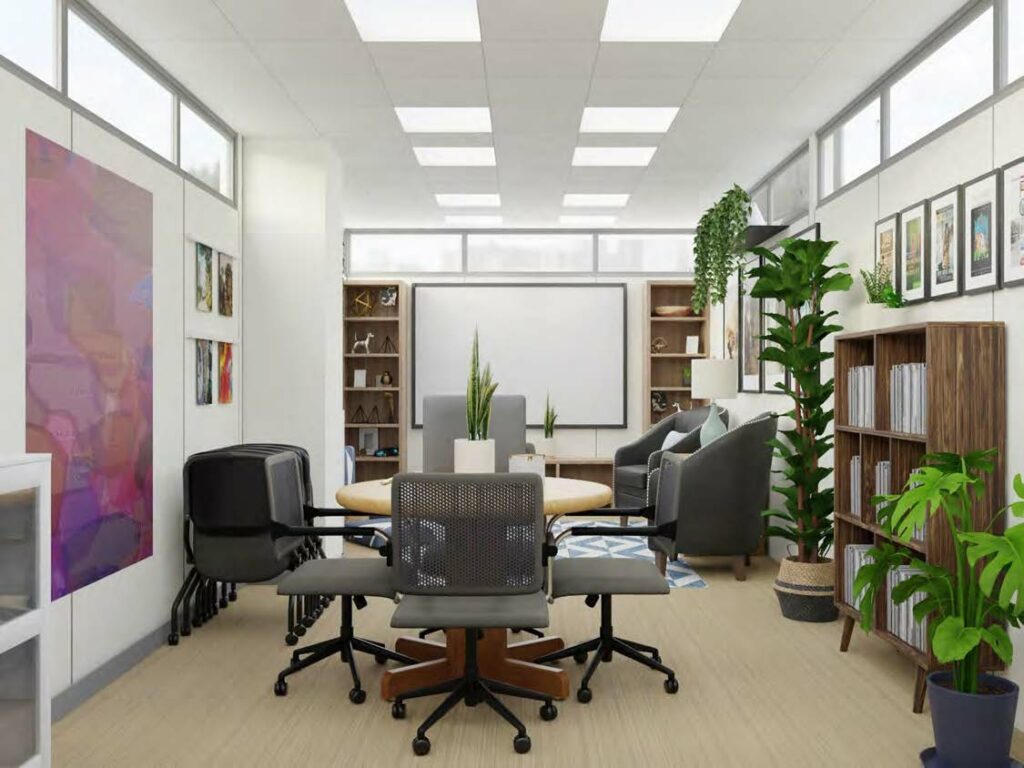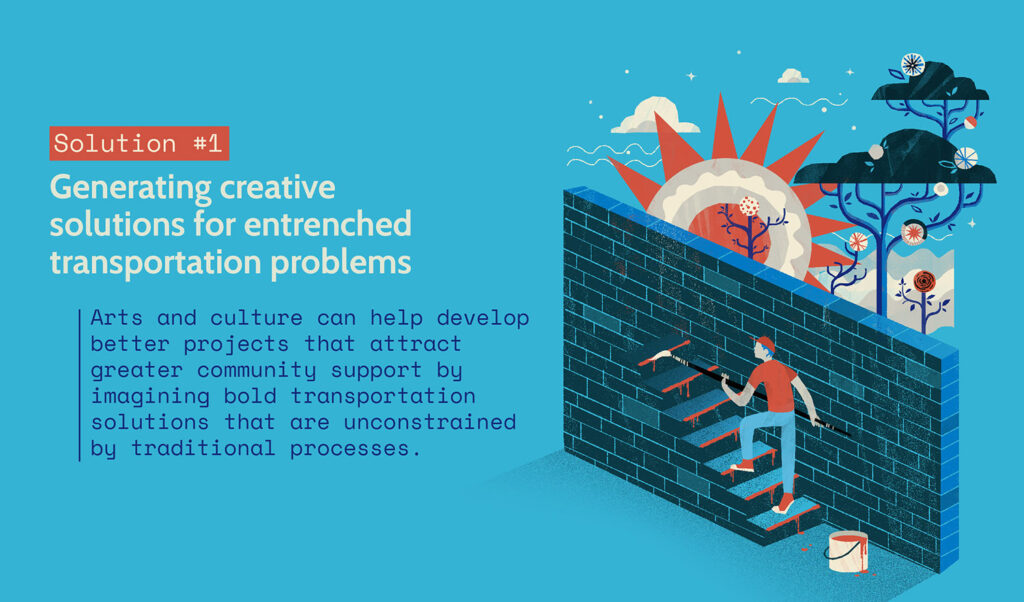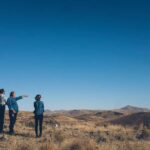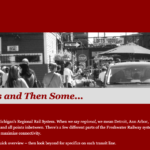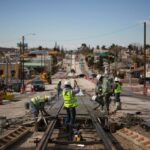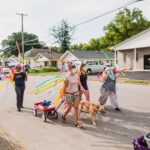The Minnesota Department of Transportation hired their inaugural artist-in-residence who challenged the state agency’s status quo through thoughtful discussions and transformation of their meeting place.
The challenge
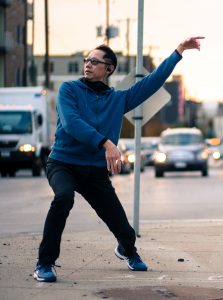
When behavioral artist Marcus Young (楊墨) was selected to join the MnDOT team back in 2019, it was not his first foray into government, having served as the city artist for the City of St. Paul for nine years prior to his residency. While Young was an experienced artist-in-residence, he had never worked within a state agency.
Marcus began his residency with rotations through MnDOT’s different divisions, discussing with hundreds of MnDOT staff members their thoughts about their work, their relationship to the communities they serve, and the idea of working with an artist. Staff members acknowledged that some of their challenges would benefit from an artist’s creative energy, as illustrated by these comments:
- We are “bound by technical process.” We offer “technical solutions to deal with spiritual land.”
- “We spend a lot of our resources being predictable.”
- “We build roads. We know numbers and facts. We don’t know what to do with emotions. MnDOT is not the only agency with this problem. I wonder if that’s where art fits in.”
- “We are part of the community. We’re not just a road going through it.”
As the majority of his residency took place during the height of the COVID-19 pandemic, much of Marcus’ initial plans for engagement with the community were drastically altered. However, Marcus was diligent in adapting his technique and plan to connect with folks virtually and continue advancing MnDOT’s work.
The project
As the majority of his residency took place during the height of the COVID-19 pandemic, much of Marcus’ initial plans for engagement with the community were drastically altered. However, Marcus was diligent in adapting his technique and plan to connect with folks virtually and continue advancing MnDOT’s work.
As a result of these conversations, Marcus designed The Land Acknowledgement Confluence Room (pictured below), a renovated conference room where MnDOT employees can gather, be creative, and explore new everyday cultural practices of land acknowledgment and recognition.
During his residency, behavioral artist Marcus Young also used the art of storytelling and listening to advance MnDOT’s Statewide Multimodal Transportation Plan (SMTP). Marcus hosted visioning sessions with a group of community members, notably called the “Council of Old and New Wisdom”, a group whose stories, history, and heritage are inextricably linked to the land.
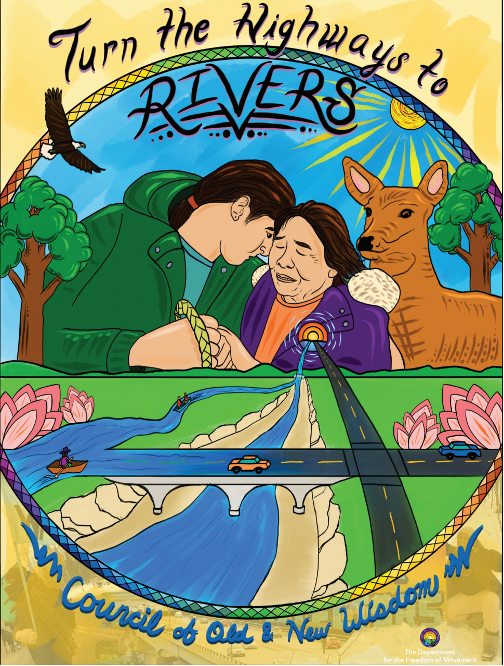
While existing in this world of fiction, dreaming, planning, and belonging, the council helped to catalyze the birth of the pilot art project “Turn the Highways to Rivers,” which culminated in a series of conversations about the possibilities for pushing the state plan beyond traditional boundaries and exploring innovative thinking and planning.
Continuing to exist in this fictional space, Marcus also hosted a conversation with MnDOT personnel during the Annual Managers’ Workshop, encouraging participants to “dream of wild” goals for the plan and their future work. This 90-minute workshop titled, I Dream of Wild, included over 200 attendees who collectively imagined the future of transportation in their state, and created another opportunity for agency managers to practice vulnerability and deep listening as individuals shared their perspectives.
The results
Marcus reflects on his two-and-a-half years as MnDOT’s inaugural artist-in-residence, describing what he has been able to accomplish in this role as “Art Within and In Relation,” which he defines as:
- An art-making that starts by looking at what we have and who we are, not the “empty” spaces to fill or places to change
- Art that invites participation overviewing, acknowledges the artist in everyone and prioritizes how we relate, not how we are separate
- Art of how instead of what – art of processes, behaviors, systems, gatherings, the soft and everywhere in-between
This text is adapted from a piece that originally appeared in FORWARD Issue #2: Transportation, and has been reposted here with permission from Forecast Public Art.

